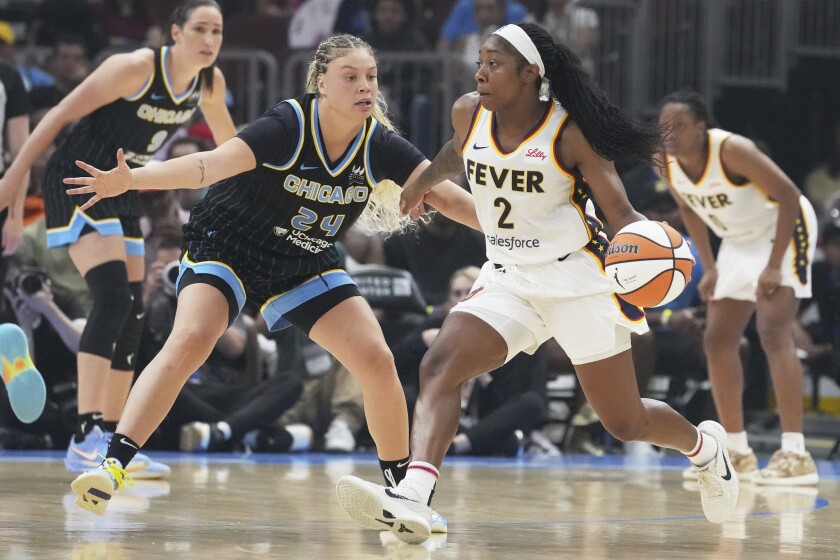The WNBA, experiencing an unprecedented era of rapid growth and expanding popularity, faces a critical challenge concerning player welfare and the sustainability of its rigorous schedule.
All-Star guard Brittney Sykes succinctly articulated the players’ sentiment, advocating for a more spread-out season footprint to accommodate increasing demands on their bodies. This perspective is echoed across the league, as the average days between games has significantly decreased from 4.1 in 2021 to a mere 2.7 in 2025.
The root of this intensified schedule lies in the WNBA’s strategic expansion, with the number of games increasing from 32 in 2021 to 44 by 2025. Crucially, this expansion occurred while the primary season window remained compressed between May and October, leading to a more demanding calendar for athletes.
Currently, these pressing issues are central to the ongoing collective-bargaining agreement negotiations between the league and the players’ union. The discussions revolve around finding a viable “middle ground” that supports the league’s growth trajectory while prioritizing player health and recovery, which is vital for player welfare.
One significant constraint in extending the season window is the burgeoning international competition schedule, such as the FIBA World Cup. With a growing influx of international talent, the league acknowledges the need to accommodate national-team duties, further complicating schedule adjustments and impacting player rest.
Commissioner Cathy Engelbert has indicated a potential for the schedule to “leak” into November in the near term, but generally aims to maintain the May-October window to avoid overlap with the NBA season and support international commitments. She emphasizes balancing league expansion with athlete health.
Beyond calendar adjustments, expanding roster sizes from the current 12-player limit is also under consideration. As demonstrated by instances like the Sky being down to eight available players, deeper rosters could provide crucial relief and mitigate the impact of injuries and fatigue, ensuring player safety and improving overall player welfare.
While the four-day breathers of the 2021 season are unlikely to return given the league’s “hyper-growth” phase, the fundamental tension between maximizing commercial potential and ensuring adequate player rest remains a key challenge for the WNBA as it navigates its burgeoning popularity and aims for long-term sustainability in basketball news.
The CBA negotiations represent a pivotal moment for the league, determining how it can continue its impressive expansion trajectory without compromising the physical and professional well-being of its most valuable assets: the players, thereby setting a precedent for player welfare in professional sports.






Leave a Reply